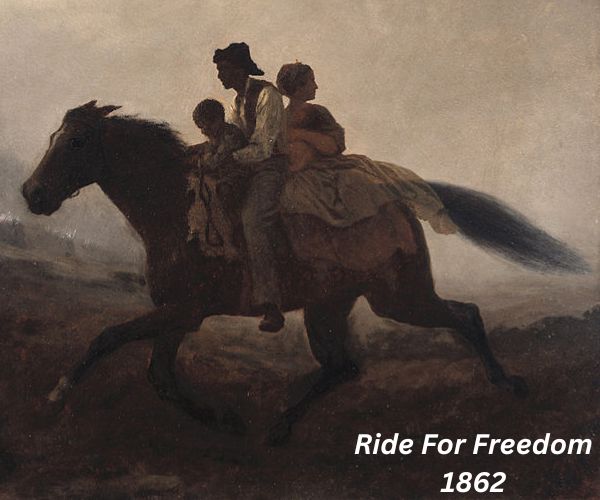The 2010 U.S. Census recorded 14,520 black Americans with Bridges as their last name. That represented 27% of the total of 53,682 entries.
This article tracks their numbers in the census since the Civil War. We also look at historic African American people named Bridges.
We end with a review of early records of black military service in the United States.
After The Civil War
The 1870 census was the first survey after the Civil War and the Emancipation Proclamation. In 1850 and 1860, only free African Americans were recorded in the census. The many enslaved were omitted.
From 1870 onward, all black Americans were included.
1,183 people named Bridges were recorded in the 1870 census as black and 155 as mixed.
There was a total of 7,459 people with the name.

Bridges In The 1900 And 1940 Census
The mixed category was dropped from the census in 1900, so we just need to look at the black numbers this time.
The 1900 census recorded 2,781 people with the last name Bridges as black within a total of 13,806 that year.
By the way, the mixed category returned in the 1910 and 1920 censuses. It was dropped again in 1930, but replaced with extra categories for colored and non-white in a way that seems confusing now.
This changed again in 1940 and we can simply focus on one black category.
The 1940 census recorded 4,989 people named Bridges as black within a total of 26,408.
Historic Black Figures With The Bridges Surname

Here is a notable African American in history with Bridges as their last name.
Ruby Bridges
- Born: 1954
- From: Tylertown, Mississippi
Ruby Bridges moved with her family from Mississippi to Louisiana when she was four years old. In 1960, the local NAACP chapter was looking for volunteers to integrate the school system.
This was three years after federal troops were deployed to escort the Little Rock Nine students who integrated a high school in Arkansas.
The New Orleans school board sought to keep segregation by introducing an entrance exam to elementary schools. But Ruby was one of six black children who passed the test.
While three of the children went to McDonogh No 19, Ruby was the sole black child to enter the William Frantz Elementary School.
On the first day, U.S. Marshals escorted the child and her mother to the school as crowds gathered to protest and shout abuse. White parents took their children out of the school on that day and all but one of the teachers refused to teach.
Although some white children returned to the school on subsequent days, Ruby Bridges spent a year being taught alone by Barbara Henry, a teacher from Boston.

Bridges In Black Military Records
Military records are a rich resource of information for family history research. Here are examples of the Bridges surname from military service.
Buffalo Soldiers
Five regiments for black soldiers were formed during the Civil War. They were known as the Buffalo Soldiers.
Their records are part of the national archive of military monthly returns. The information includes the year and place of birth, where they enlisted, their occupation, and their height.
One of the earliest military entries for Bridges was in September 1867. Randell Bridges was a Private in the U.S. Tenth Cavalry. He was stationed in September 1867 at Fort Arbuckle, Indian Territory.
Another entry was in April 1914. Robert C. Bridges was a Private in the U.S. Ninth Cavalry.
If you are researching military ancestors, there is a free index of these records on Ancestry.com and FamilySearch.org.
You have to create an account on either website, but you do not need to pay for the Buffalo Soldiers archive.
Black Civil War Sailors

The National Parks Service has a free archive of African American sailors during the Civil War.
The information includes their age, height, rank, occupation, and where and when they enlisted. It also includes every ship that they served on.
You can search the database on the National Parks website.
Isaac Bridges
One of the earliest entries for Bridges was for Isaac Bridges. He enlisted in June 1863 at Cairo when he was aged 23.
His naval rank was 1st Class Boy.
“1st Class Boy” was a rank generally given to seamen in training, who performed various manual tasks and duties aboard a ship under supervision. This could prepare them for promotion to the rank of ordinary seaman.